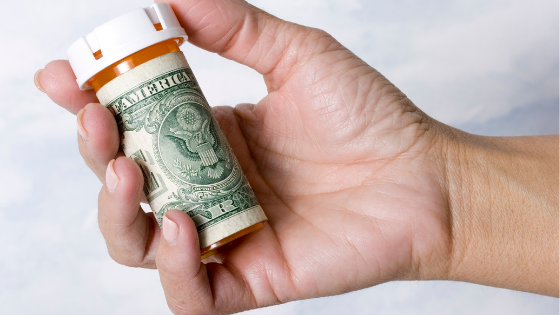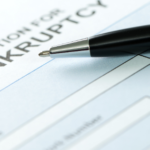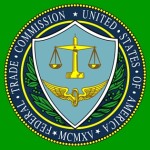$500. That is the dividing line between healthcare debts that are likely to be paid and those that are not, according to a report released last week. What’s interesting is that is also the demarcation line between debts that appear on consumers’ credit reports and those that do not. While debts under $500 are no longer appearing on credit reports, they are the debts that consumers are more likely to pay, according to the report.
By The Numbers: If a debt is $100 or less, 69% of consumers paid it in full. For debts between $101 and $500, 60% of consumers paid in full. For debts between $501 and $1,000, the payment rate drops below 50%, to 49%. For debts between $1,001 and $5,000, the payment rate is 41%, and for debts greater than $5,000, the payment rate is 29%.
- In 2022 and 2023, patients, on average, paid 47.6% of what they owed healthcare providers, according to the report.
- The report looked at 3 million resolved medical claims from commercially insured patients. Those claims totaled $21 billion. The total payments made to healthcare providers of that total was $5.2 billion, of which 20% was owed by patients. That’s about $1 billion. Applying the 47% collection rate reveals that providers collected less than half of that $1.1 billion and left more than $500 million uncollected.
Recommendations: The report makes the following recommendations:
- Solidify point-of-service collection practices at all scheduled patient encounters.
- Implement policies to collect deposits on accounts where patients will have a higherdollar financial responsibility on an episode of care.
- Provide patients with financing options for higher-dollar balances, as 50% of all patients’ financial responsibilities are between $1,001 and $5,000.









